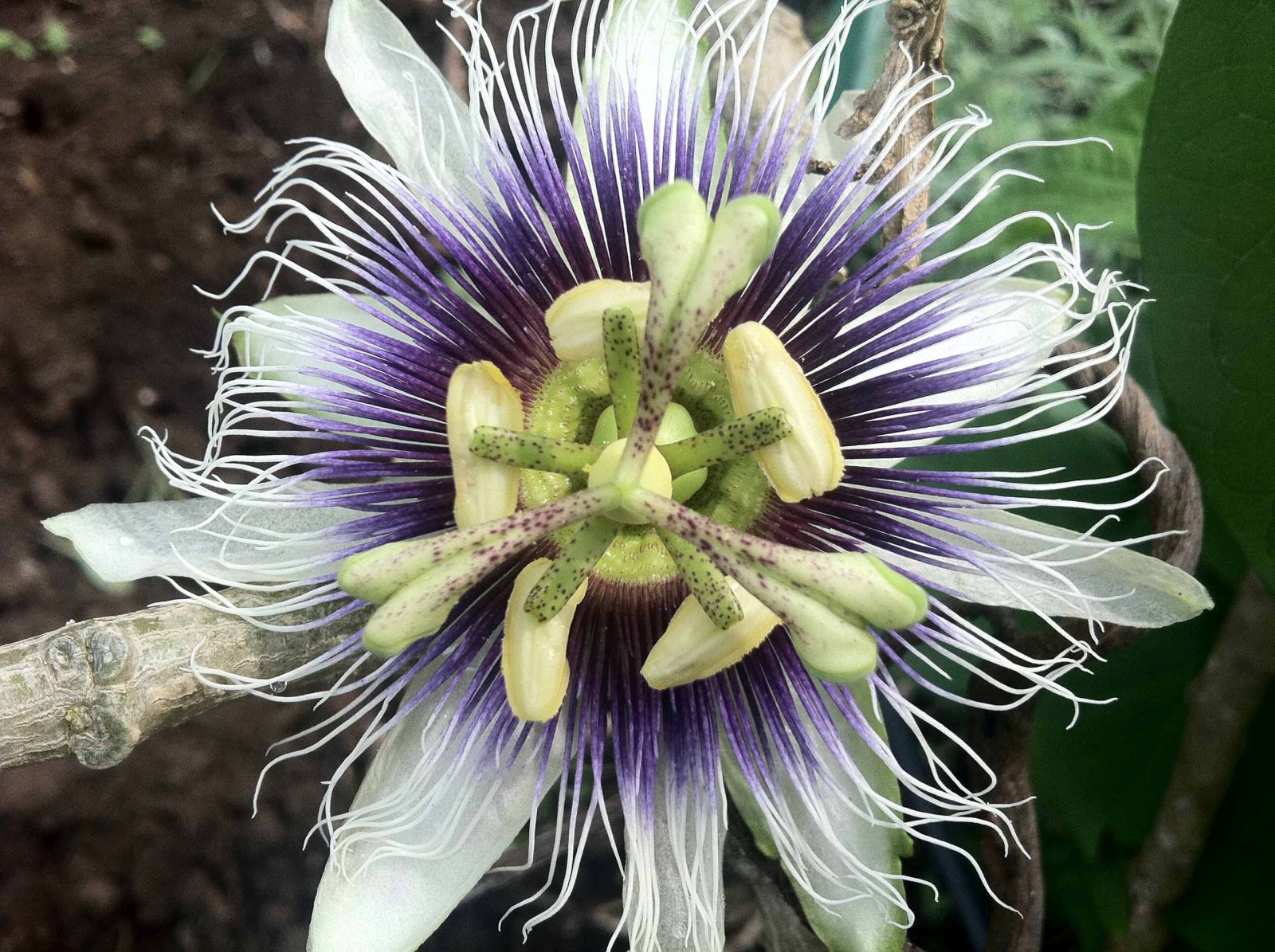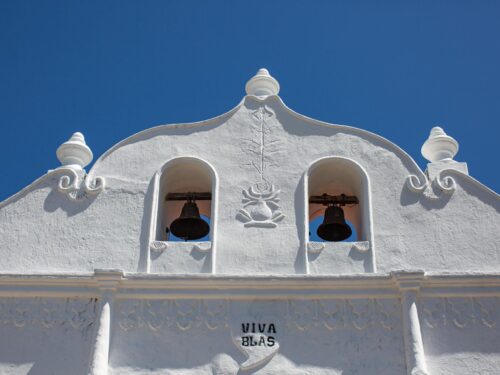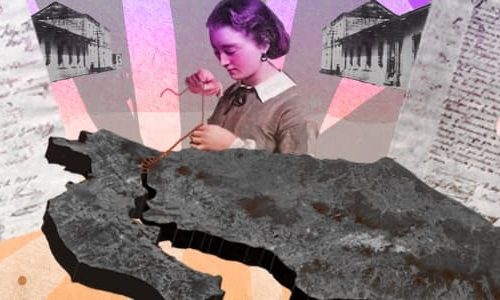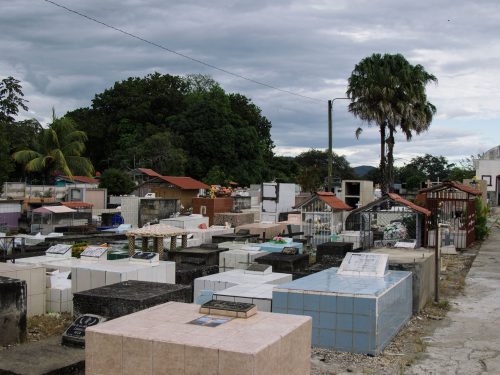
Letting nature guide them and adapting to coexisting with it, is the motto of a group of young menwho have implemented a system of permaculture and biodynamics in North Esperanza of Nicoya. Brothers Esteban and Felipe Viquez along with Joel Vega, in their early 20s, came from Puntarenas and San Carlos to develop an agricultural project based on natural production processes. Vega’s father had purchased a 30-hectare property in Esperanza 10 years ago, and 2 ½ years ago they decided that it would be the ideal site for the project. Although they have not studied the subject, they have learned by doing. “Our learning has been from watching how others do it… We were in Argentina and shared experiences there,” said Vega. “It’s something practical.”
Permaculture is a sustainable production system that takes into account the harmonic coexistence between plants, humans and other living things, integrating with the landscape, saving materials and producing less waste, while at the same time conserving natural resources. Its creator, Australian Bill Mollison, developed the theory of permaculture— which is a contraction between the words permanent and culture— during the 70s. In Latin America, it is practiced in Uruguay, Argentina and Chile but in Costa Rica it is afledgling practice.
Although the methodology has been introduced in hotels in the Osa Peninsula, Puerto Viejo and Guanacaste, permaculture has not been developed on a large scale due to economic factors since it means producing medium and long term.
These young guys have taken on the challenge despite circumstances and undertook the project that involves more than permaculture and biodynamics; for them it is a way of life in friendship with the environment. “Our purpose is to introduce people to the dynamism of nature, which is wise and does not make mistakes,” Vega assured.
The three consider themselves “the gardeners of Eden.” Vega explained, “The earth is the Garden of Eden, nature gives us back life and letting her live depends on mankind.”
What do they produce?
They grow all kinds of plants: ornamental, medicinal and edible. According to Vega, the idea is to create a seed bank to supply the region.
They are currently producing yucca and yams from which to produce flour, and some plants like aloe, from which theymake creams and shampoos.
They also produce beef, lamb and chickens, as well as cow and goat milk. They fenced in 2,800 square meters so that the hens can move freely and feed on insects as a compliment to corn and chicasquil leaves. The hens’role is to act as natural“insecticides”as well as producing eggs. The youths also produce wild honey in giant hives, which can generate up to 100 kilos (220 pounds) of honey in the frames.
Aligning with the Stars and the Soil
They use a technique based on establishing a relationship between the different biological components of the environment.“We are guided by a calendar that puts us in touch with the stars, the moon and the constellations,”explained Vega, “and thisis influenced by water, fire, earth and plants.”
There are special days for each type of plant. For example, if production is in the root, the calendar indicates when the planetary system is tilted toward the root, or the stem or the flower and so on. “Using the calendar gives us total security,” Vega indicated.
Another aspect that they take into account is soil fertility. To not lose fertility, they facilitate the natural succession and create biological and organic fertilizers with the same waste materials and excrement from the cows and chickens, via biofermentation, Biol, worm compost and manure compost.
To prevent erosion, they use level curves so that water does not take away nutrients.
As for the control of plagues, they create their own insecticides. For example to control bean chincha, they make a compound of tobacco leaves, hot pepper and garlic.
To control temperatures in the summer they use a leftovers system and in the winter a free-range system.
They have a biodigester that produces natural gas for personal use and are preparing a system for producing hydropower with the current of the river that runs through the property, using turbines and a distribution tank. With water surpluses, they will create a tilapia fish farm in order to produce fertilizer to be used on grain crops like corn and rice.
They are preparing to create a market in Garza Beach in the district of Nosara, which they hope to open in November, to offer their products to tourists in the area.







Comments